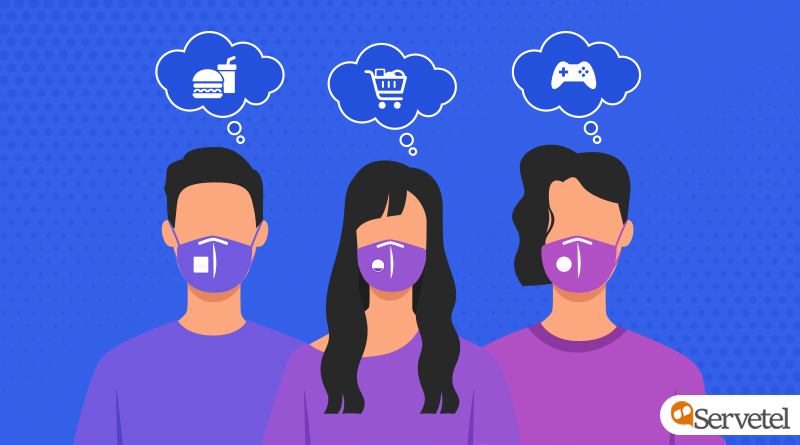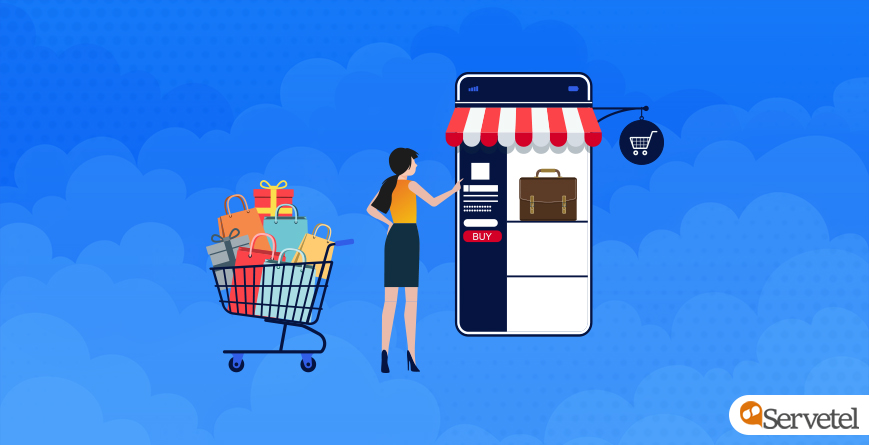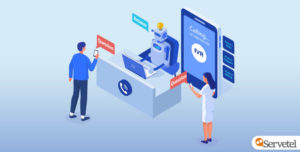Remember the early days of digital marketing where we would get a whiff of excitement just seeing our names on ads, emails, messages? Personalisation—tailored experiences for customer engagement—has come a long way since then.
In today’s hyper-connected world, personalisation needs a more robust and strategic approach since it is crucial in gaining a competitive edge for a tech-savvy audience.
Imagine logging into Netflix and seeing recommended TV shows and movies that are completely opposite to your preferences. Not very helpful, is it? Thankfully, Netflix generates personalised content recommendations that pique the interest of viewers, making them come back for more.
Customers enjoy interacting with personalised content, gravitating to brands that offer such services. Not all customers use the product the same way, and personalisation allows them to have a unique experience with the product.
Why is Personalisation Gaining Traction?
1. Customers are looking forward to it—constantly!
Customers put experience as paramount while evaluating a brand. The website user interface, the online content of the brand, the offers and discounts—all account for an integral part of the overall online experience.
The digital transformation has changed customer expectations for more relatable, contextual and experiential content. Therefore, customers are delighted with personalised offerings and are thrilled when brands treat them as ‘individuals’ on every step of their journey.
However, a balance must be maintained. According to Forbes, 70% of millennials are frustrated with irrelevant emails.
The responsibility of meeting these expectations lie on the shoulders of marketers who must leverage the latest technology, like cloud telephony, to deliver engaging experiences.
2. Personalisation is a great opportunity to build customer relationships
If you have ever impulsively purchased candies or protein bars from the checkout counter, you would know that not every purchase decision is a rational one—some are simply fueled by emotions.
Emotions are the outcome of personal connections that foster loyalty and provide higher customer satisfaction. Customers are more likely to engage with brands who know their names and purchase history and deliver to expectations.
3. Not all customers are the same
No matter how niche your audience may be, no two customers are the same. Since everyone has different needs and wants, it is difficult to create something that can appeal to everyone at once. The more people you try to please, the less you would be able to.
Millennials, particularly, are most attracted to personalisation because they have grown up with it and naturally expect that in every brand interaction.
Recommended Read: How has Cloud Telephony Evolved: From Serving Millennials to Gen-Z
4. Customers love feeling special
Personalisation makes customers happy and happy customers are repeat customers! Even more so because personalisation increases perceived service quality, trust and ultimately customer loyalty towards a brand.
Why, you ask? For the very simple value addition that personalisation brings to your customer. There are many attributes to it, like:
- Exclusivity
- The uniqueness of the product or service
- Or a feature that works in a way they would prefer
How to make the most of Personalisation?
The customer journey is driven by the relationship the customer has with a business. All interactions—emails, text messages and telephonic conversations—add to this relationship.
In this article, we will share four ways to up your personalisation game.

#1. Segment and then, micro-segment
In the early days of marketing, segmentation was the only course of action to personalise the customer experience. For example, if a customer bought a customised shirt with their favourite TV show character, and later received emails related to that TV show, they were satisfied.
However, the modern customer no longer wants to be associated with a ‘group’ but wants a more individualistic approach to persuasion. They want brands to know their preferences. This is what micro-segmentation looks like.
#2. Relevance is the key
While customers want to receive personalised content, they want to receive relevant personalised content. Consumers want recommendations and offers that are tailored to their personality.
This is where marketers use purchase history and remarketing strategies. Based on their past purchases, customers can be shown similar products for consideration.
Relevance is paramount. Don’t assume that your customers always belong to a “group.” They have unique preferences and want brands to target them individually.
#3. The quality of customer insights is directly related to the extent of personalisation
Quality consumer data is crucial to delivering personalised services. These customer insights cannot be gathered without leveraging customer’s personal information, which customers are often hesitant to provide.
However, a study found that 81% are willing to provide basic personal information in exchange for a more personalised experience, say, in terms of the communication from the business.
To gain a deeper understanding of each customer, high-quality insights are important. You can track these through the following steps:
- Gather all the data
- Include all the sources of information
- Run analytics and deliver personalised experiences
#4. Make personalisation omnichannel
The reason behind making personalisation an omnichannel approach is to create strong relationships with customers through every touch-point. The omnichannel approach leverages data from all touchpoints—which includes in-store interactions, social media interactions, phone calls, emails and websites—and extends personalisation across all channels.
Let’s look at some of the examples of companies that capitalise on personalisation
-
Amazon
Amazon uses analytics to build its personalisation efforts. The recommendations show ‘products usually bought together’ with the one consumers are already viewing. Amazon also sends personal emails to recommend additional products and confirm transactions.
-
Sephora
An international beauty-products retailer, Sephora offers highly personalised omnichannel experiences to its customers. The company’s digital mediums, like mobile applications, persuade customers to book make-up consultations. Moreover, the app can also check the inventory and make a reservation for a particular product.
Moreover, all of the mediums of Sephora’s communication—regardless of the platform—display customer loyalty points. All employees can also access this customer data, which includes customer’s past purchases, wishlists and interactions with in-store employees.
The program is impressive for another strong reason too: the focus on loyal customers. Based on the loyalty points, offers and discounts are aligned across various channels.
To sum up
Given the capabilities of personalisation, it would make sense for all businesses to at least consider bits of it for their business processes.
Customers today want to be treated as individuals more than a part of a community or group. They want personalised efforts when it comes to discounts and offers or recommendations of products and services.
Needless to say, personalisation will be the prime driver of marketing success in the immediate future. Physical spaces will be restructured and customer journeys will be expanded far beyond a brand’s front door. The customer journey will not just begin with a sales call, but with the positioning of the brand. Similarly, it won’t end with the service delivery, but with consistent feedback.
Want to know how you can personalise your marketing using cloud telephony tools? Contact Servetel at 1800-120-4132 today!

















